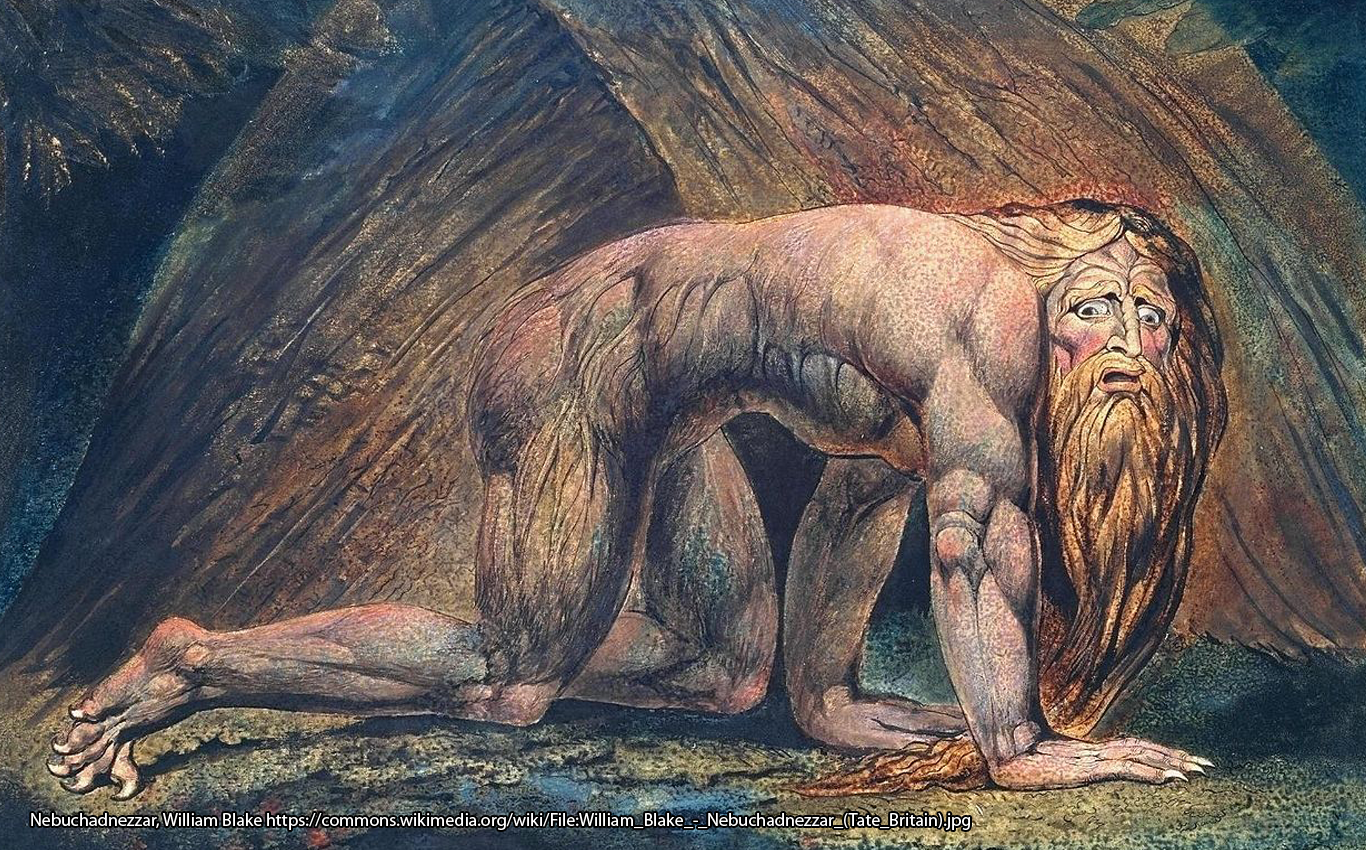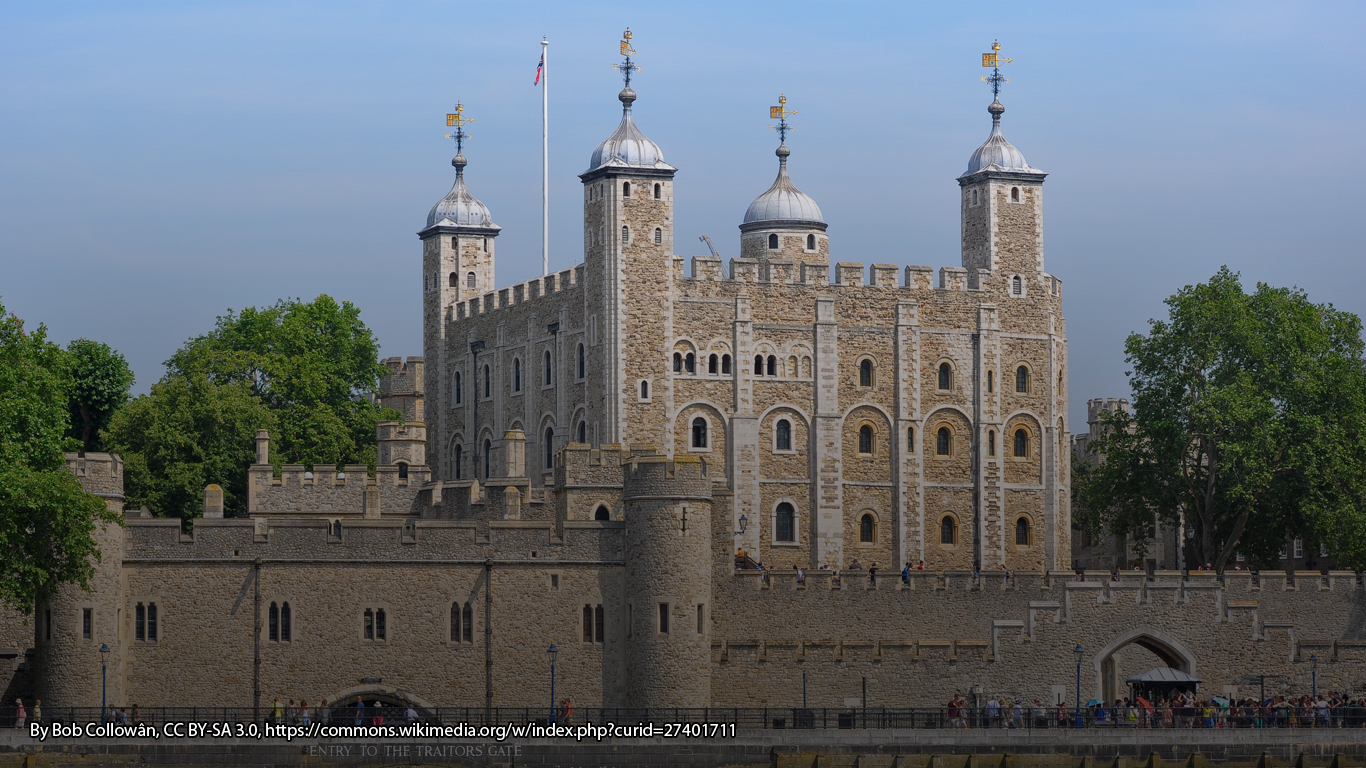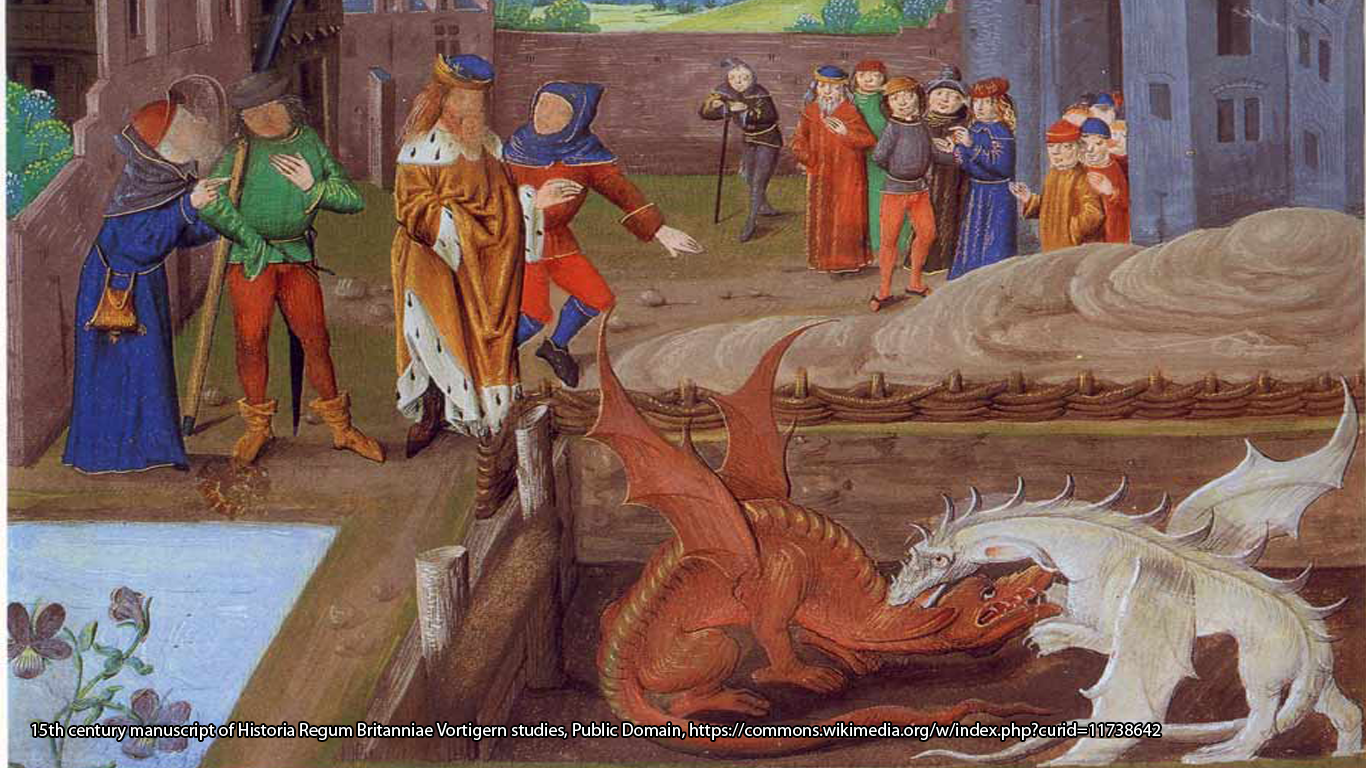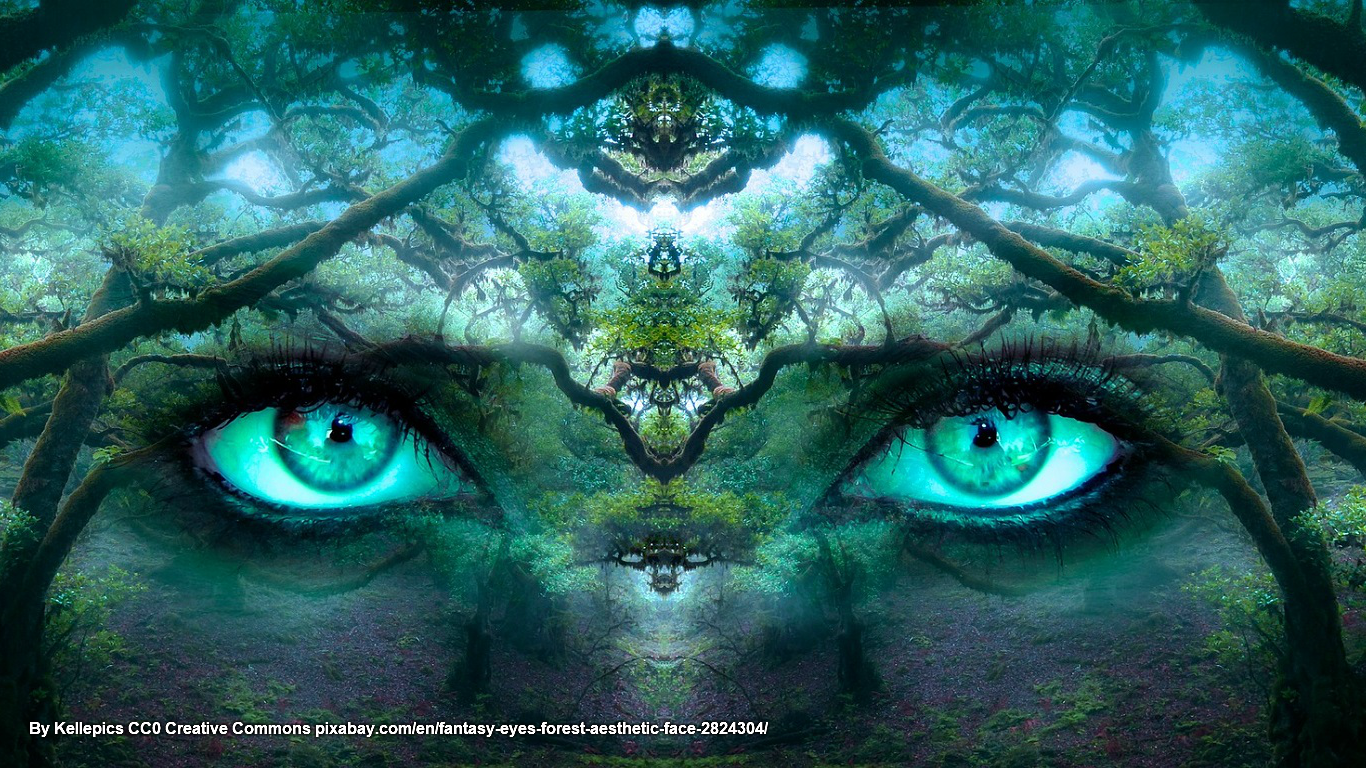British Legends: The Madness of Merlin (Part 1)
The Vita Merlini, written by Geoffrey of Monmouth in the twelfth century, tells the story of Merlin after the Battle of Camlann, where he ruled over South Wales, had a wife named Guendoloena and a sister named Ganieda.





